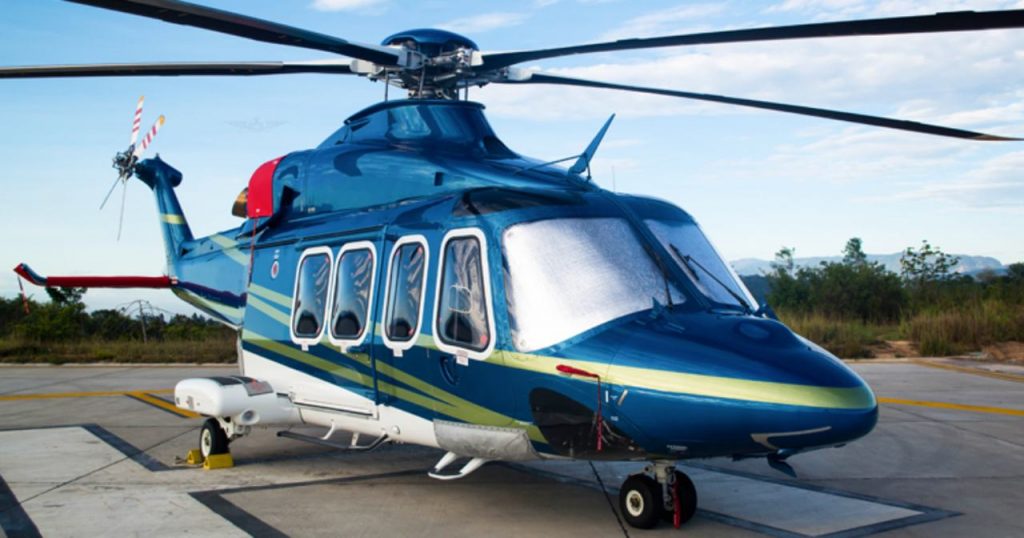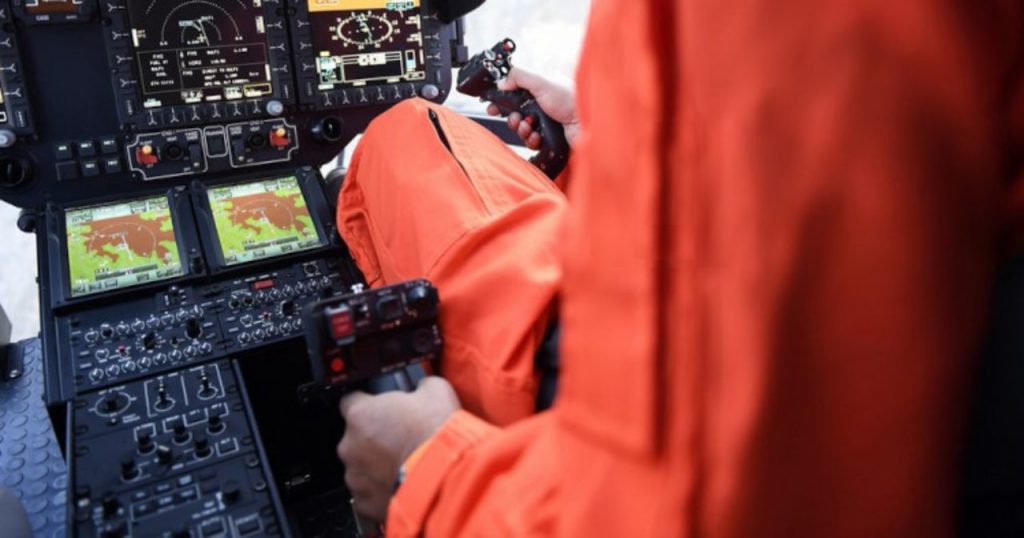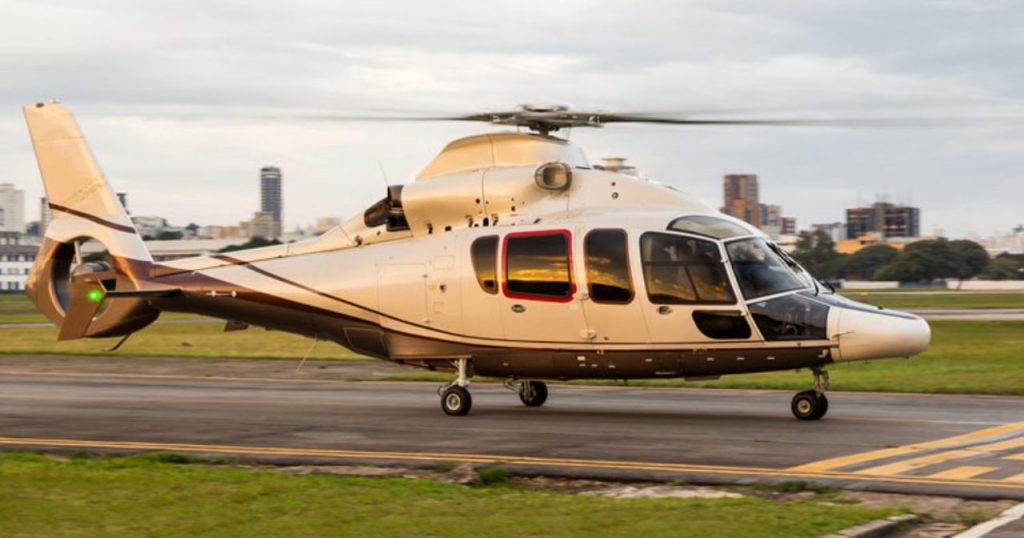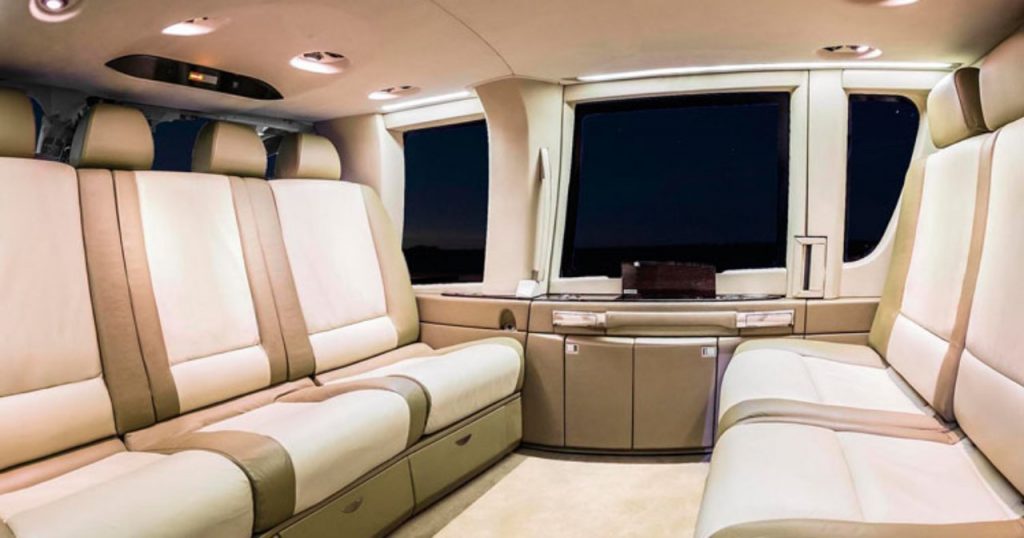Switch to:
 EN
EN  Español (ES)
Español (ES)
There is some speculation about whether helicopters can fly at night and, although the rules vary according to the country, the truth is that twin-engine aircraft with the capacity of flight by instrument (we will elaborate on this concept later) are widely accepted in the aeronautical industry to operate night flights due to the security and flexibility they provide.
Between day and night flying, there is a world of difference, especially for the pilot of any aircraft. There are two different types of aircraft flight categories with the avionics capacity of each helicopter and pilot experience: Visual Flight Rules (VFR) and Instrument Flight Rules (IFR). We review them in detail below.
The visual navigation rules contain a set of norms and criteria that establish the possibility of carrying out a flight, maintaining at all times visual contact with the terrain and allowing night visual flights, with the corresponding qualification for the pilots.
On the other hand, navigation under IFR enables the pilot and aircraft to operate without the need to have visual contact with the ground. However, not all helicopters have this capacity and, for pilots, the requirements are greater for recurrent licenses and certifications. The main advantage is the possibility of flying in adverse weather conditions, from day to night, while fully relying on helicopter avionics (instruments and equipment) and on communication with the air controller.
International Regulations
In general, the standard private and professional licenses restrict pilots to daytime flights only. To fly at night, generally from approximately one hour after sunset to one hour before sunrise, pilots must obtain night flight certification under the VFR or IFR rules.
In this vein, the European Air Safety Agency (EASA) holds member country pilots to a series of requirements for visual night flights, including training in a certified organization. This must include:
- A total of 5 hours of VFR night flight.
- 3 hours of dual flight (with an instructor).
- Five night takeoffs and landings.
- A dual navigation flight by visual flight rules at night, at least 50 kilometers and one hour long.
It is important to mention that there are countries that do not allow visual night flight and, in these cases, only the option of enabling instrumental flight is available. On the other hand, one of the countries that doesn’t have special restrictions for visual night flight is the United States. The US Federal Aviation Administration (FAA) requires pilots to carry out at least 3 takeoffs and landings up to a complete stop in the previous 90 days during the period that starts one hour after the sunset and ends an hour before sunrise, and that:
- The pilot in question has acted as the sole manipulator of the vehicle controls;
- The required takeoffs and landings were carried out in aircraft of the same category, class, and type (if a type rating is required).
Technology During the Flight
Technological advances in aviation are directly linked to flight safety. In fact, VFR flight is the product of advances in avionics, which allow for the constant addition of new capabilities and improvements to each helicopter. In this way, some advantages of the technology during the flight are clear and immediate information available to the pilot, greater situational awareness and safety in flight, a lower workload for the crew, and constant recording of aircraft performance for maintenance.
One of the most recognized helicopter avionics systems in the world is Helionix, designed by Airbus Helicopters to offer greater flexibility in each mission. In fact, the company recently reported that the system exceeded 500,000 flight hours, proving its popularity by equipping more than 500 helicopters around the world. Among the main strengths of Helionix are, according to the company, its navigation system, as well as communications and traffic warnings. In other words, improvements that promote safety and convenience in the air.
We will focus on communications, specifically with satellites. Unlike airplanes, helicopters lacked the ability to incorporate satellite communication systems because the signals could not pass through the rotating blades. However, an advance was successfully proven in 2021 by the company Viasat, which developed the technology that, through waves, gives helicopters the possibility of using satellite communication in flight.
This opens up a world of opportunities for ambulance flights, allowing medical crews to exchange information with personnel on the ground, or for military purposes, facilitating, for example, the exchange of reconnaissance images with ground teams. In fact, Viasat proved its technology aboard a Sikorsky UH-60 of the US Navy, demonstrating that the advances in this technological era have no limits.
Benefits of Twin-Engine Helicopters
Because flying at night imposes a number of additional challenges, the safety recommendation is to use a twin-engine helicopter. Likewise, an undisputed benefit of using a twin-engine aircraft is operation in the city, where there are strict operating regulations for certain urban routes, which can only be operated by this type of aircraft. A single-engine helicopter will still be able to fly in the city, but using restricted airways only.
Furthermore, security is not the only benefit of using a twin-engine helicopter. Theis type of aircraft also have the ability to fly greater distances more quickly than their single-engine counterparts, usually with less internal noise and with greater comfort thanks to the larger size of the cabin. Finally, thanks to the fact that the vast majority of this type have the necessary avionics for VFR flight, it provides greater flexibility in adverse weather conditions.
Helicopters For Adverse Weather Conditions
In general, the choice of the ideal helicopter is a mix of three variables: number of engines, avionics, and pilot or crew certification. Models such as the Airbus H145, EC 155, Agusta AW169 / AW139 or Sikorsky S76 C++ / S92 are twin engines that can easily operate in any weather condition.
In the same way, it will depend on the type of mission you wish to undertake, be it charter transport, ambulance, or even work on an oil rig in the middle of the ocean. Again, twin engines will provide greater flexibility to carry out any type of mission, although it is important to consider that the associated operational costs are higher compared to the operation of a single-engine helicopter. This is mainly due to the flight material itself, two engines consuming more fuel than one, the costs associated with maintenance, and the level of experience of its pilots.






